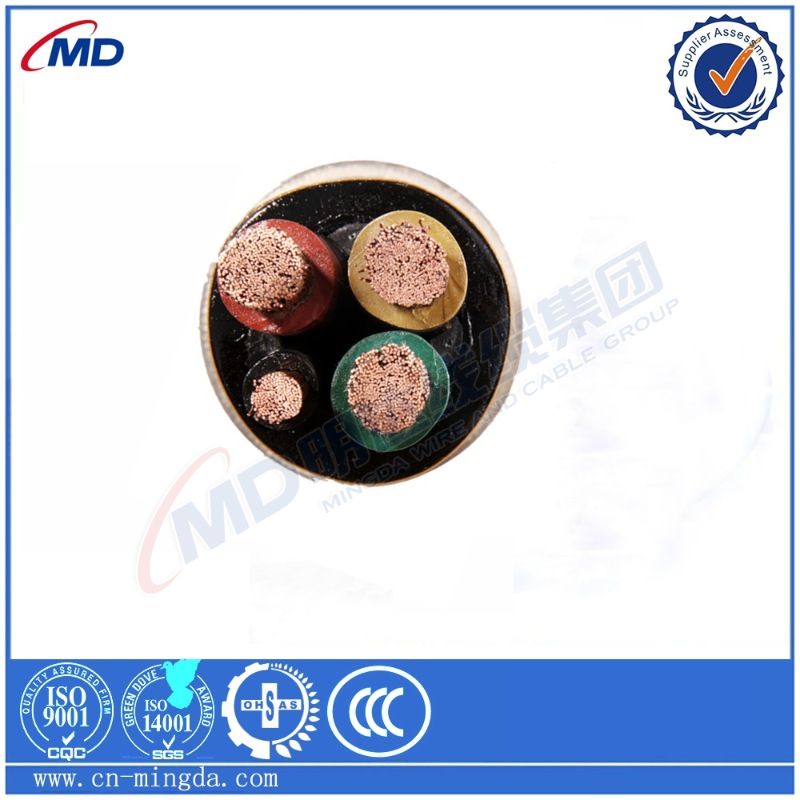Sep . 04, 2024 12:08 Back to list
teflon butterfly valve
The Versatility of Teflon Butterfly Valves
In modern industrial applications, the selection of suitable valves is critical for ensuring efficiency and reliability. Among various types of valves, Teflon butterfly valves have gained significant recognition due to their unique properties and outstanding performance in challenging environments. This article delves into the features, benefits, and applications of Teflon butterfly valves.
What is a Teflon Butterfly Valve?
A Teflon butterfly valve is a quarter-turn valve that features a rotating disc to regulate flow. The disc, which is typically coated with Teflon (polytetrafluoroethylene, PTFE), provides exceptional resistance to chemicals and high temperatures. Unlike traditional valves, butterfly valves allow for a compact design and lightweight construction, making them ideal for a variety of applications.
Key Features
One of the most notable features of Teflon butterfly valves is their excellent chemical resistance. Teflon is renowned for its non-reactive nature, making these valves suitable for handling aggressive fluids, including acids, bases, and solvents. Additionally, the smooth surface of the Teflon coating reduces friction, resulting in easier operation and longer service life.
Another important aspect is the construction of the butterfly valve itself. The disc can quickly open or close the valve with a simple 90-degree turn, allowing for swift regulation of flow. This efficiency translates to minimal pressure drop across the valve, which is crucial in maintaining system performance.
Benefits of Teflon Butterfly Valves
teflon butterfly valve

1. Durability Teflon-coated butterfly valves exhibit high durability and longevity even under harsh operating conditions. The robust material composition withstands wear and tear, reducing the need for frequent replacements.
2. Versatility These valves are applicable in various industries, including chemical processing, food and beverage, pharmaceuticals, and water treatment. Their ability to handle different media types makes them a versatile option for plant operators.
3. Easy Maintenance Due to their simple design, Teflon butterfly valves require minimal maintenance. Their construction allows for easy disassembly and reassembly, facilitating quick repairs and inspections.
4. Leak Resistance The Teflon coating provides a reliable sealing surface, minimizing the risk of leakage even when dealing with volatile substances. This characteristic enhances overall system safety and efficiency.
Applications
Teflon butterfly valves are widely used in numerous applications. In the chemical industry, they regulate the flow of corrosive materials, ensuring operational safety. In the food and beverage sector, these valves handle product flow without contaminating the materials, thanks to their non-stick nature. Additionally, they are essential in pharmaceutical manufacturing, where maintaining hygiene and preventing contamination is crucial.
Conclusion
Teflon butterfly valves represent a blend of innovation and practicality, making them indispensable in various sectors. Their chemical resistance, durability, and ease of use contribute to improved operational efficiency and safety across industrial applications. As industries continue to evolve, Teflon butterfly valves will undoubtedly remain a preferred choice for fluid control solutions. Embracing these advanced valves can provide significant advantages to businesses striving for excellence in their operations.
Share
-
Reliable Wafer Type Butterfly Valves for Every IndustryNewsJul.25,2025
-
Reliable Flow Control Begins with the Right Ball Check ValveNewsJul.25,2025
-
Precision Flow Control Starts with Quality ValvesNewsJul.25,2025
-
Industrial Flow Control ReliabilityNewsJul.25,2025
-
Engineered for Efficiency Gate Valves That Power Industrial PerformanceNewsJul.25,2025
-
Empowering Infrastructure Through Quality ManufacturingNewsJul.25,2025